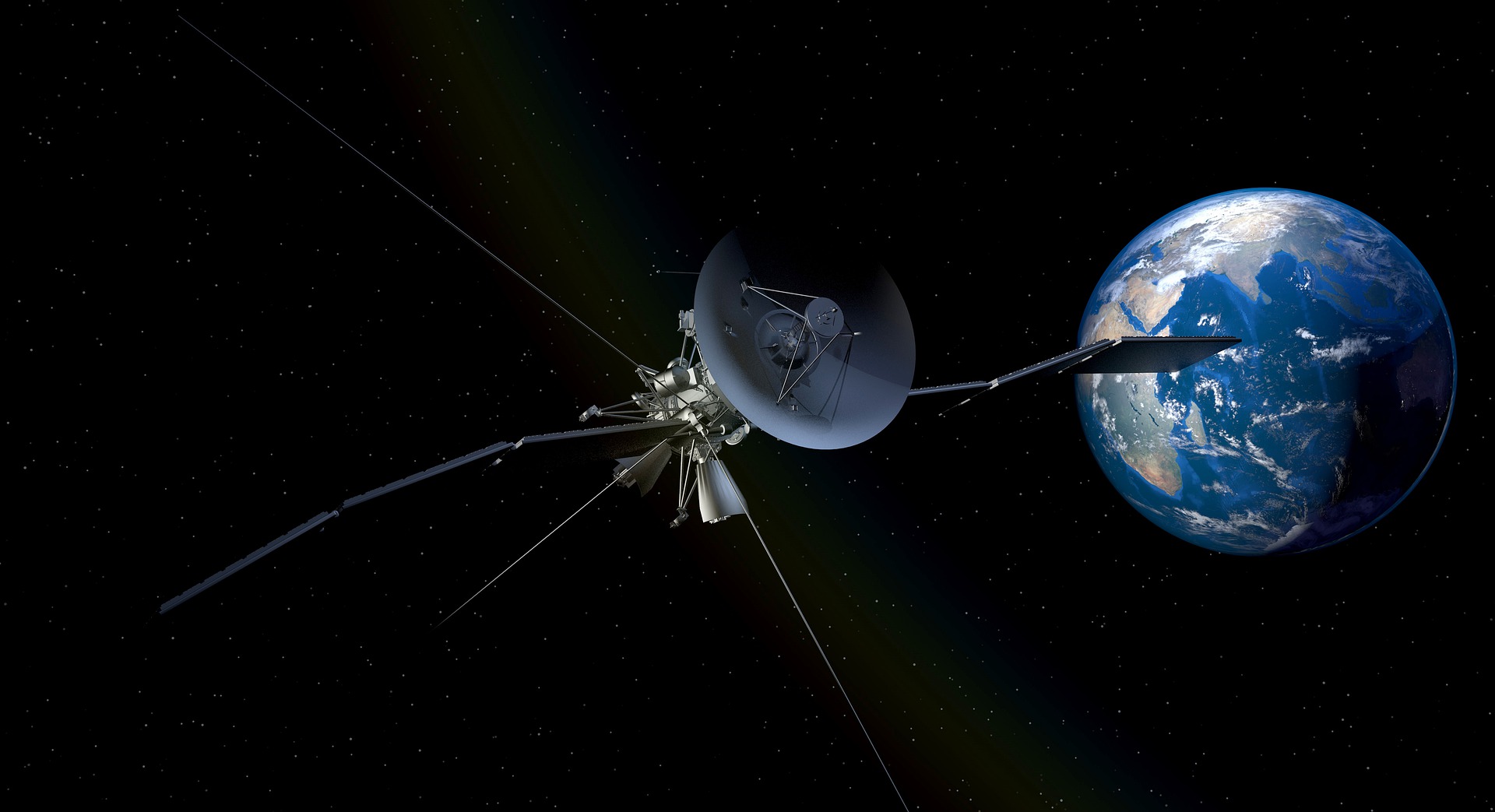Media release
From:
Just like mobile phones did in the 90s, today's satellites are shrinking. They are smaller, cheaper and can be sent up with reusable, interchangeable rockets, such as the privately owned Space X. This trend, being dubbed Space 2.0, means that space is no longer just the domain of the big boys like NASA who have access to big expensive rockets and satellites, instead it is rapidly becoming privatised and busy.
Space 2.0 could open up completely new uses of space, from the ‘internet of things’, to ‘broadband in the sky’. But its not without its challenges, whether it is space debris and national security. So, what exactly does Space 2.0 mean for the Australian Space Industry?
All this and more will be discussed on Monday when Adelaide hosts both the 19th Australian Space Research Conference, and the 8th Space Forum. This briefing will bring together some of leading experts from these meetings to discuss the following issues:
- Space 2.0 - the opportunities and challenges it presents
- Using laser and quantum tech for space communications
- Space Situational Awareness - How do you track a satellite the size of a loaf of bread?
Speakers:
- Professor Andrew Dempster is the Director of the Australian Centre for Space Engineering Research at the University of New South Wales.
- Dr Kate Ferguson is a Postdoctoral Fellow, and Senior Business Development Officer at the Australian National University Institute for Space (InSpace)
- Dr Melrose Brown is Lecturer and Space Program Coordinator in the School of Engineering and Information Technology at UNSW Canberra Space Research
-------------------
Date: Friday 27 September 2019
Start Time: 10:30am AEST
Duration: 45 min
Venue: Online



 Australia; NSW; SA; ACT
Australia; NSW; SA; ACT



